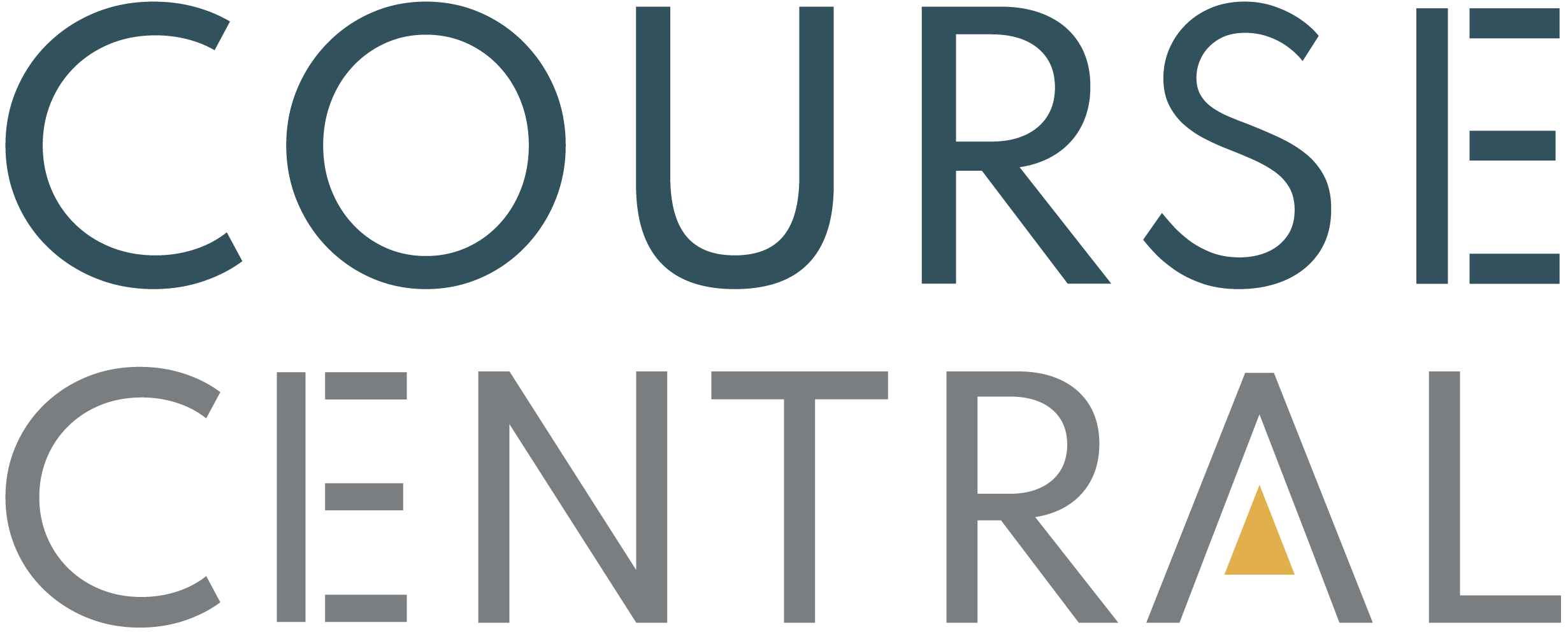Course Instructor
Duration
9 hours, 6 minutes
Last updated
February 14, 2024
Students
0

Learn through performing real-world tasks Projects to put all you've learnt into practice
0
Learning the difference between someone who learns and someone who applies what they learn is doing. This course will show you how to use Arduino with applications, from simulation to connecting hardware and testing code in real-time. This will help you test your circuit and build your first Arduino that is fully functional. This course will cover A to Z of the different and interesting 11 projects of Arduino, including Car Parking Assistant, Motion Detector, Arduino Radar, Web Control, Automatic Weight Measuring Machine, Automatic Irrigation System, Weather Station, Multicolor RGB LED Lamp, Arduino Bluetooth, Wireless Power Transmission, and Alarm Clock Using a Real-Time Clock and LCD Screen. Beginners enjoy learning through Arduino projects. Here you can acquire new Arduino skills while earning real-world experience. Simulation isn't for everyone, so connect your circuit and test it with real hardware. It will teach you what each component in the device circuit performs and how to connect them up.

Setup Menus in Admin Panel

